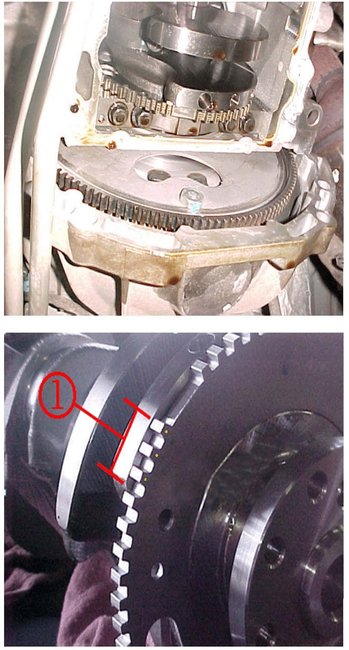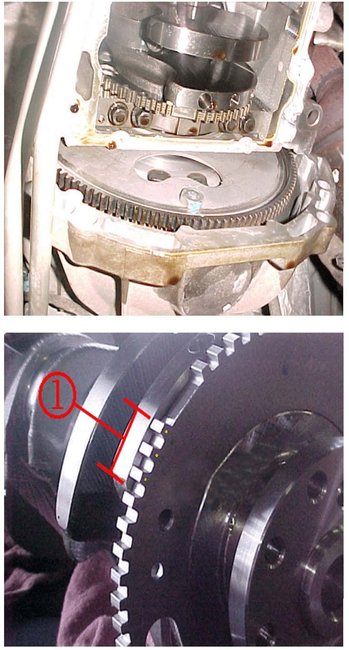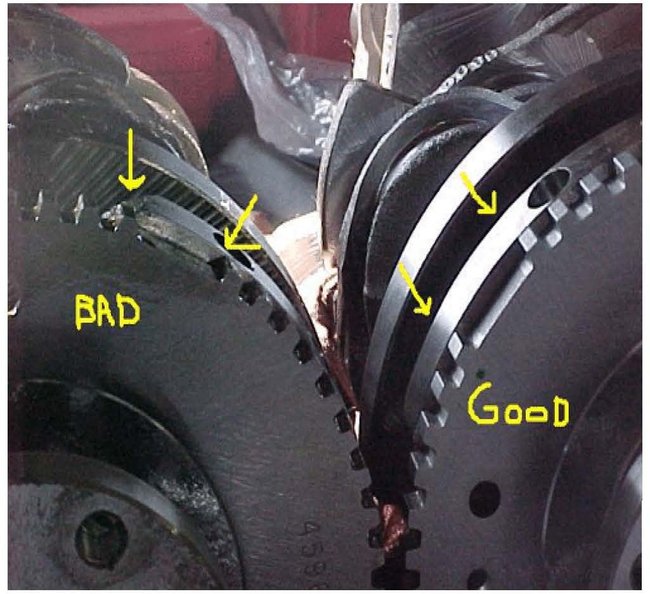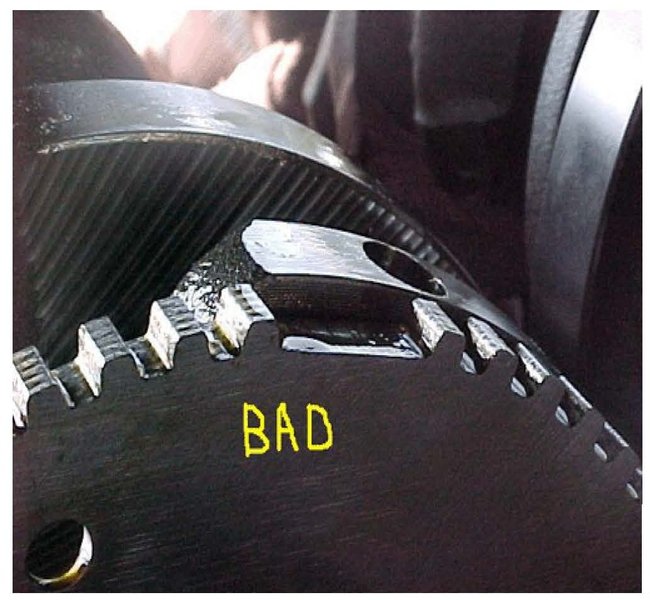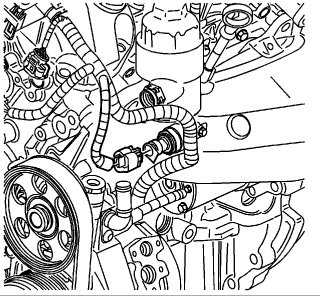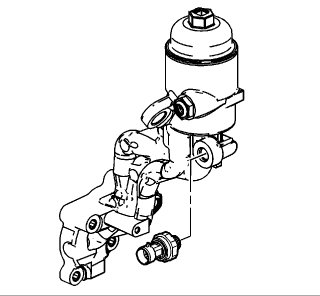Hi and thanks for using 2CarPros.com. You have a unique problem. However, the noise that only lasts until the engine warms up leads me to the following diagnosis. Please understand, this is only based on your description and past experience. Without your vehicle present, it gets difficult.
First, the noise was there prior to the timing chain replacement and is presently back only temporarily. First, please understand that the timing chain tension-er's function based on oil pressure. If the pressure is low, the tension-er is weak, it can allow the timing chain to run loose. If that is the case, it could cause ignition timing to be off.
Second, there was a technical service bulletin (TSB) related to the reluctor attached to the crankshaft on these engines. They were actually moving on the crankshaft and causing ignition issues. Here is the TSB related to this issue:
The reluctor for the crankshaft sensor pressed on the crankshaft may have moved.
Refer to attached photographs for exact location.
(It is possible on some applications to view this with a bore scope through the crank sensor hole without removing the oil pan)
If the reluctor has moved then replace crankshaft.
1= The actual measurement of a good Reluctor wheel.
25 to 26 mm This measurement is from the end of the machined surface of the crankshaft throw to the edge of the open space in the reluctor. (approximately 3 1/2 teeth)
2 and 3 = Show a good reluctor next to a bad reluctor.
Crankshaft with bad reluctor wheel.
Note :The distance can be offset either clockwise or counter clockwise. Both will result in these codes.
Note : The balance hole does not come into play when determining if the reluctor has slipped or not.
Please follow this diagnostic or repair process thoroughly and complete each step. If the condition exhibited is resolved without completing every step, the remaining steps do not need to be performed.
I have attached several pictures for your review related to the aforementioned TSB. When the TSB refers to pictures, see the attached.
Now, with that being said, I would do the following. First, determine that oil pressure is good at start up. Here are the directions from alldata for checking oil pressure. You will need a pressure gauge, but most parts stores will lend one to you. Also, I've attached pictures to help you locate items. The pictures relevant to these directions are 5 and 6.
Oil Pressure Diagnosis and Testing
Tools Required
J21867 Pressure Gage
J36648-A Oil Pressure Gage Adapter
With the vehicle on a level surface, run the vehicle for a few minutes, allow adequate drain down time, 2 - 3 minutes , and measure for a low oil level.
If required, add the recommended grade engine oil and fill the crankcase until the oil level measures full on the oil level indicator.
Run the engine briefly, 10 - 15 seconds , and verify low or no oil pressure on the vehicle gage or light.
Listen for a noisy valve train or a knocking noise.
Inspect for the following:
Foamy oil
Slow idle speed
Plugged oil filter
Oil diluted by the following:
Water
Engine coolant
Unburned fuel mixtures
Malfunctioning oil filter bypass valve
Incorrect or faulty oil pressure gage
Incorrect or faulty oil pressure gage sensor
Improper engine oil viscosity for the expected temperature
Disconnect the oil pressure sensor wiring harness.
Remove the oil pressure sensor.
Install the J21867 with the J36648-A.
Measure the engine oil pressure.
Compare the readings to the Engine Mechanical Specifications.
If the engine oil pressure is below specifications, inspect the engine for one or more of the following:
Loose oil filter adapter bolts
Missing or damaged oil filter adapter O-ring seal or seals
Worn or dirty oil pump
Loose oil pump-to-engine block bolts
Loose, plugged or damaged oil pump screen
Missing or damaged oil pump screen O-ring seal
Damage or leak in the oil pump screen suction tube
Malfunctioning oil pump pressure regulator valve
Missing or incorrectly installed oil gallery plugs
Loose camshaft intermediate drive shaft bolts
Excessive bearing clearance for the following:
Connecting rod or rods
Crankshaft
Camshaft or camshafts
Camshaft intermediate drive shaft sprocket
Cracked, porous or restricted oil galleries
Broken valve lifters
Repair or replace components as necessary.
Required minimum oil pressures @ specific RPM
Oil Pressure - Minimum @ Idle 69 kPa (10 psi)
Oil Pressure - Minimum @ 2,000 RPM 138 kPa (20 psi)
If the pressure checks out good, you can check the #3 coil pack to see if it is getting spark during the misfire problem.
Here is a link describing this process:
https://www.2carpros.com/articles/how-to-test-an-ignition-system
If there is a misfire at that cylinder and it is determined that there is no signal when the misfire occurs, the I would suspect the reluctor on the crankshaft needs to be inspected.
I realize I gave you a bunch of information, but this problem can be coming from different components. The two I listed are where I would start. This is simply based on your description.
I hope you find this helpful and not confusing. However, you are free to get back to me with any new questions you have.
Take care,
Joe
PS: Just a simple comment. Make sure the oil being used in the car's engine is the correct viscosity. If it is too heavy, it may be taking a bit longer for pressure to build. Thus, it could be causing problems with the timing belt tensioners.
Images (Click to make bigger)
Sunday, May 13th, 2018 AT 7:07 PM
